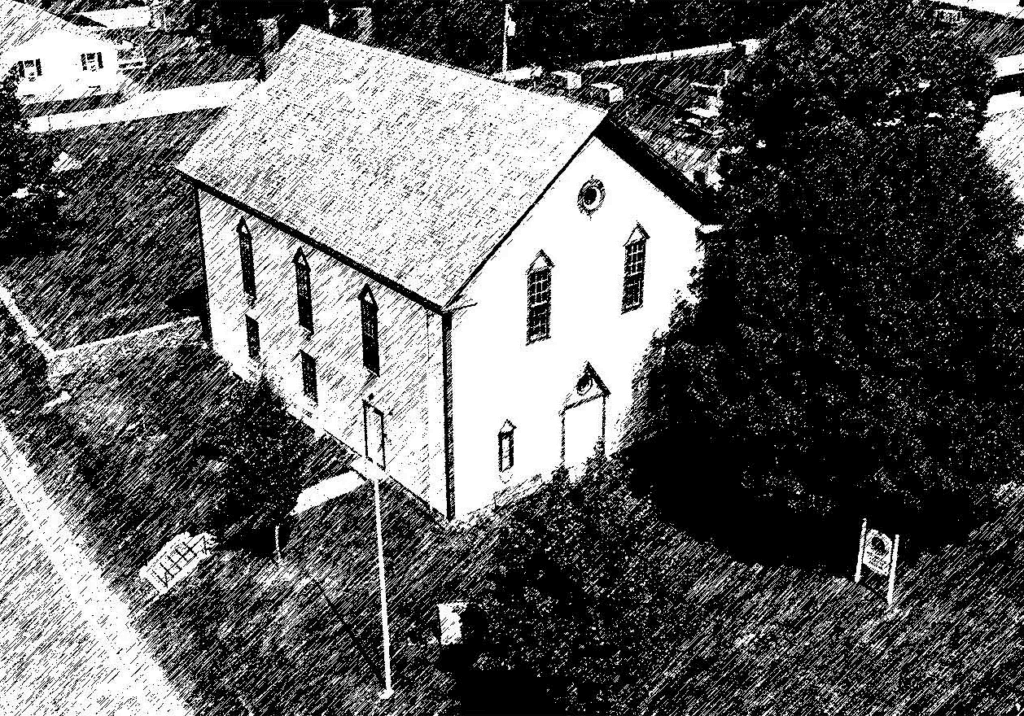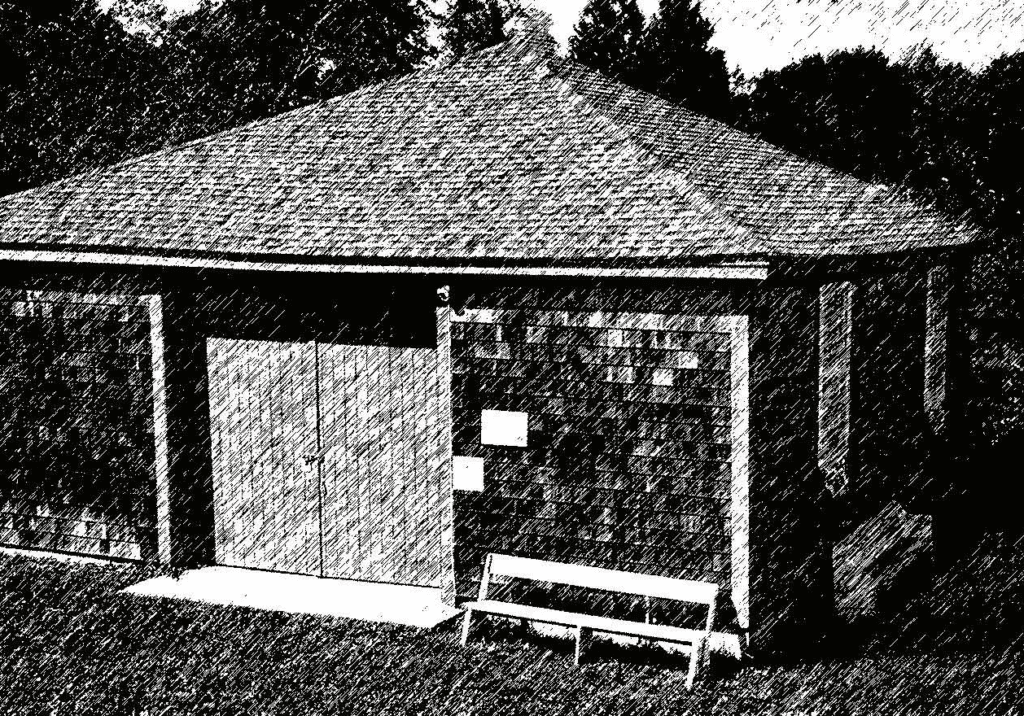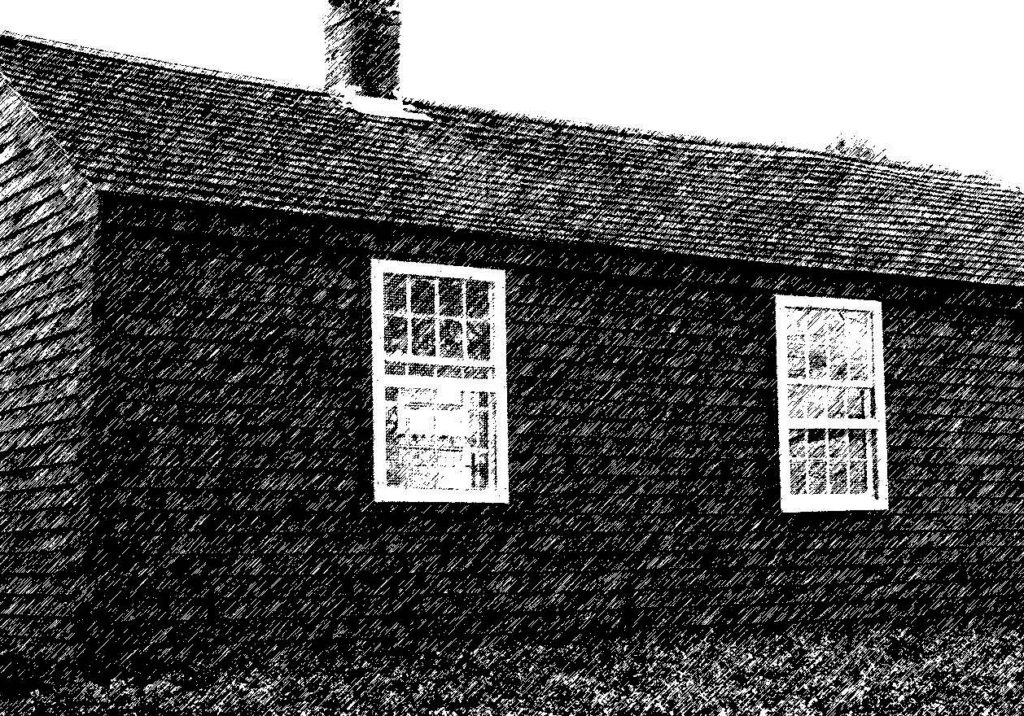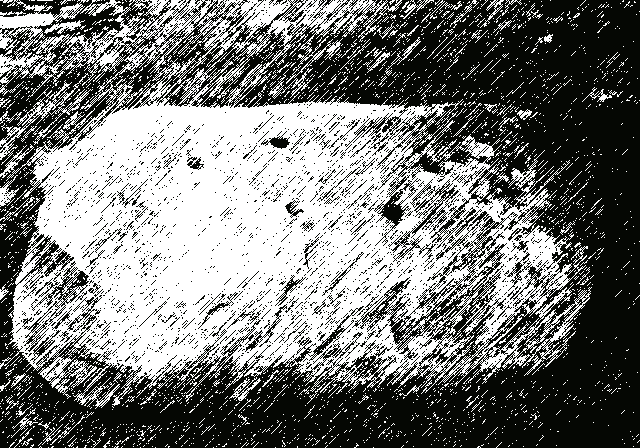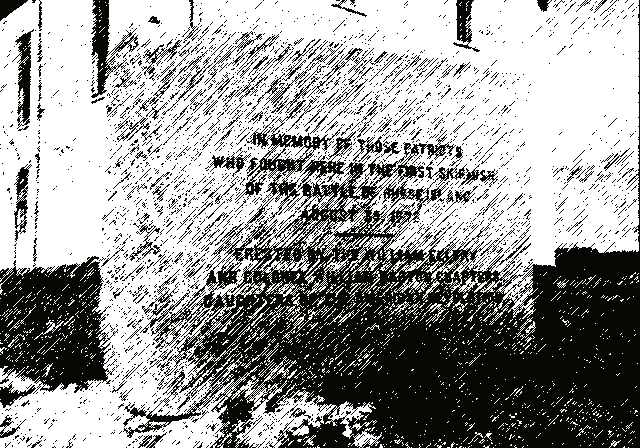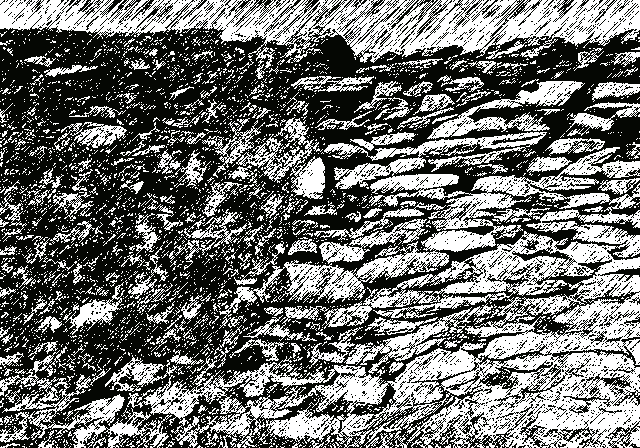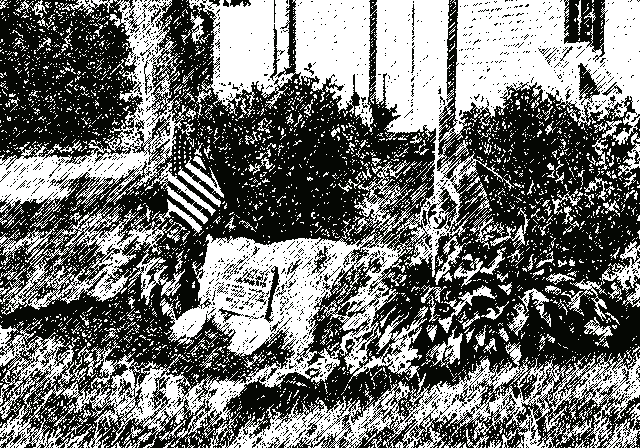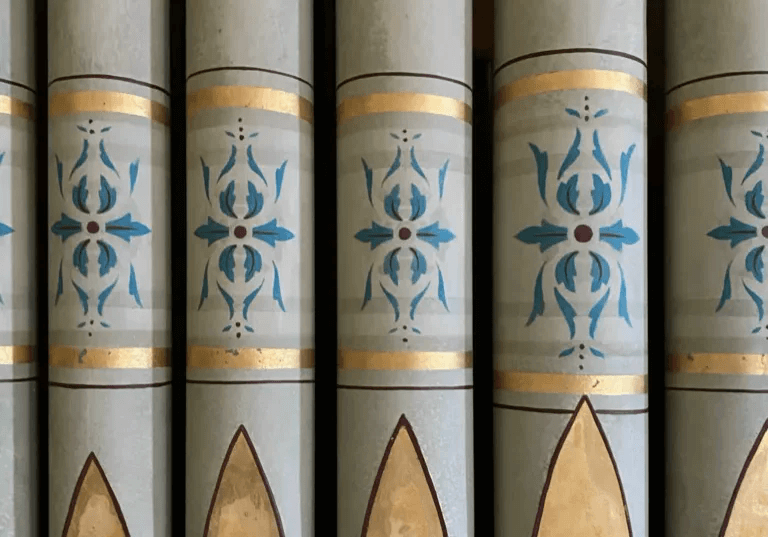
Hours
The museum is open for the 2025 summer season!
The museum will be open the 2nd and 4th Sunday of each month from 2-4pm.
Check out our events page for additional openings!
Interested in a private tour? Click here to contact us for more details!
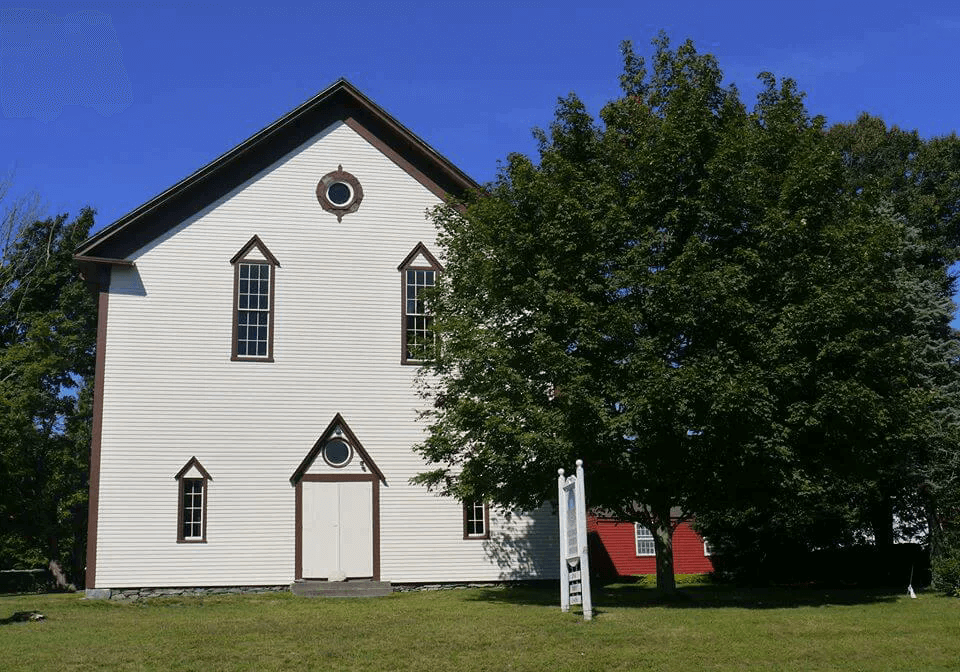
Admission and Parking
Tickets
The museum is free to all members. A $5 donation per person is kindly suggested for non-members.
Looking to join?
Support us by becoming a member today!
Parking
Parking is available behind the museum on the grass. The entrance is off of Union Street.
What You'll See
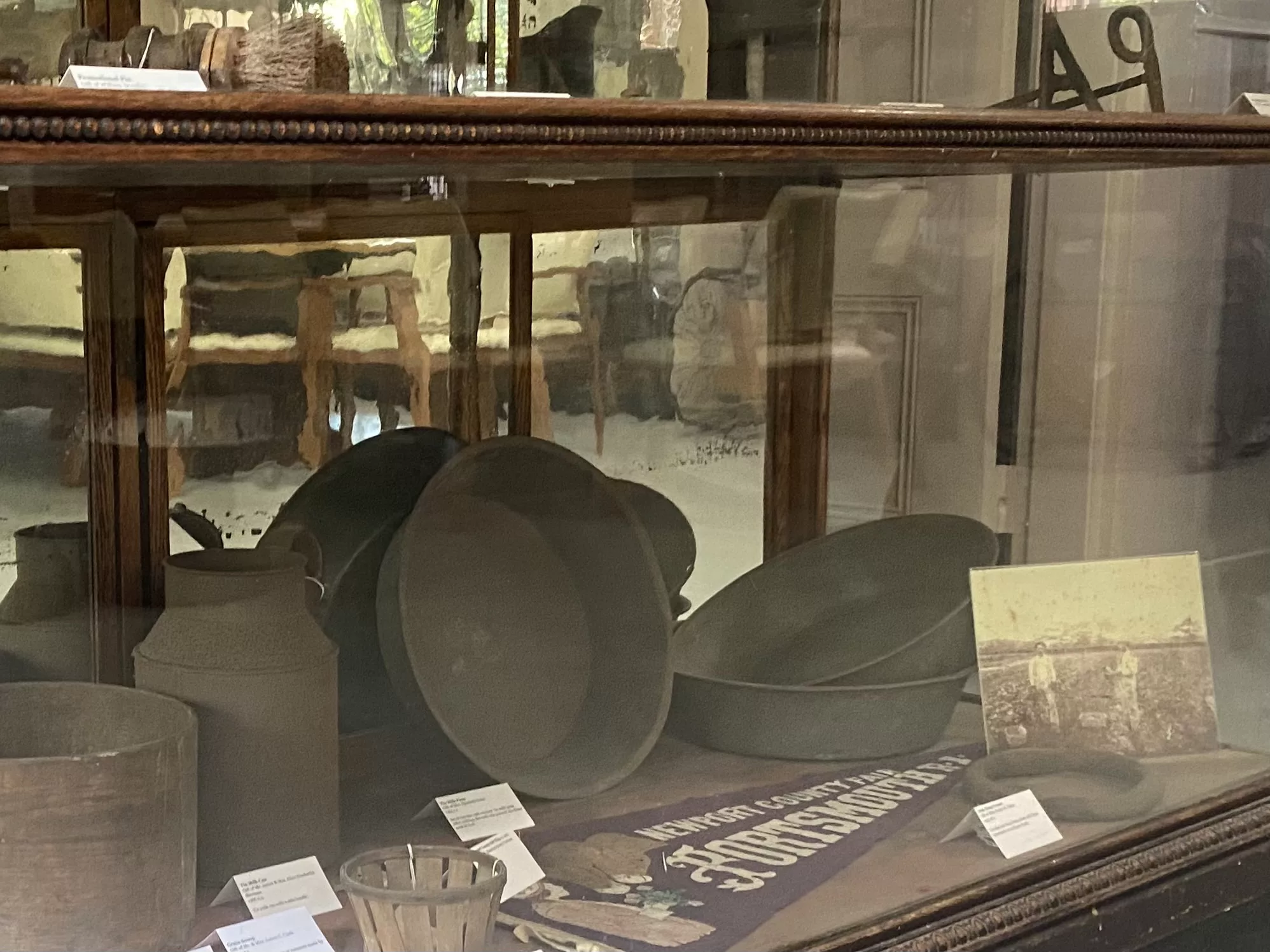
It all started with a Compact.
One familiar with Portsmouth, Rhode Island may know that the town was founded on the Compact of 1638, the first document of its kind establishing a form of government separating church and state.
But did you know Portsmouth was home to a military hospital during the Civil War? Are you familiar with the lyrics to the Battle Hymn of the Republic? Its author, Julia Ward Howe, spent her summers here.
Visitors will find exhibits throughout the main floor of the museum housed within the former Christian Union Church. Visitors will learn more about the formation of the town by outcasts from Massachusetts Bay Colony. Stone tools and other artifacts offer a glimpse of Aquidneck Island before European settlement. Portsmouth occupies the northern end of the island, with Middletown and Newport to the south.
In Times of War features artifacts related to the occupation of the island by British forces beginning in 1776. Nearly one hundred years later, far from the cries of the battlefields, Portsmouth was home to a military hospital during the Civil War. Medical equipment and a smoking pipe once belonging to General Ulysses S. Grant himself are on display.
The late 19th century and early 20th century was a time of great innovation and change for the town. After nearly 300 years of ferry service between Portsmouth and neighboring Bristol, Rhode Island, the Mount Hope Bridge opened just five days before the Stock Market Crash of 1929. View photographs from the construction of the bridge along with tokens one had to use to pay with to cross it.
Trolley service came to the island in the late 19th century along with an amusement park known as Island Park. It featured a roller coaster and dance hall, among other attractions. The park was a highlight of island life until it came to an abrupt end with the Hurricane of 1938.
Another fleeting venture was the mining of a certain type of coal in Portsmouth. Learn more in the display on the Portsmouth Coal Mines.
While Newport at the southern end of the island is known for its summer cottages, Portsmouth was once home to magnificent gentlemen farms. Photographs and artifacts from two of these farms owned by the Vanderbilt family offer an enchanting look into this bygone era.
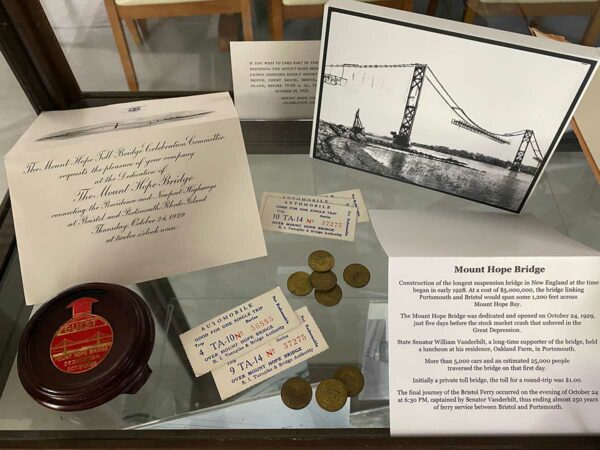
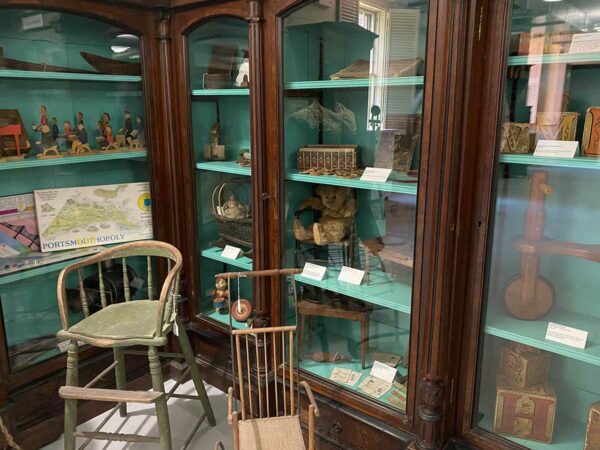
Since its formation, and well into the 20th century, farming was the primary occupation for the residents of the town. An assortment of agricultural artifacts and housewares showcase the more utilitarian but all important aspect of life here in Portsmouth.
The beauty of open farmland, surrounded by open water and bound by miles of stone walls no doubt attracted the likes of noted artist and suffragist, Sarah J. Eddy and Julia Ward Howe, author of the Battle Hymn of the Republic. Personal artifacts from both women are on view.
An 18th century flame stitch wallet and a rare militia cap are but some of the textiles we have on display. An Edison phonograph and Victrola are among the instruments that would have entertained Portsmouth families long before the likes of YouTube or iTunes. Toys once held tight by Portsmouth youth happily greet visitors as they themselves recall their favorite childhood possession.
Visitors can ascend the bifurcating staircase to view the church hall of the Christian Union Church, where the likes of Julia Ward Howe herself supplied the pulpit.
Guests can imagine the words she would have preached as they read more about the history of the church building and view artifacts from when the congregation was at its height in the late 19th century.
There are additional exhibits located in the Old Town Hall and Southermost Schoolhouse, both of which are located on the Society’s property. The schoolhouse is the oldest surviving schoolhouse in New England!
Enjoy your visit! Docents will be available to guide you and answer any questions.
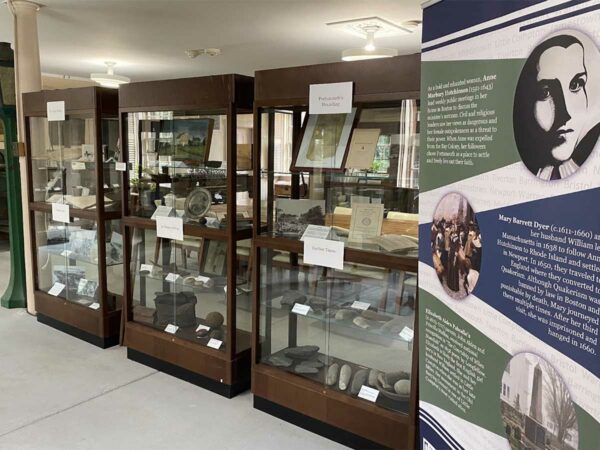
Our Sites
Christian Union Church
The Christian Church of Portsmouth was formed in 1810. Their meetinghouse was erected in 1824 at the corner of Union Street and East Main Road.
In 1940 the fourteen remaining members voted to donate the property and their treasury to the recently established Portsmouth Historical Society.
Southermost Schoolhouse
The Southermost School was to be on the 3/4 acre of land donated by William Sanford. Town citizens authorized 20 pounds for construction but actually cost 23 pounds. This figure would be around $100 in our money. Inside are some original student desks along with the top of the original teacher desk.

